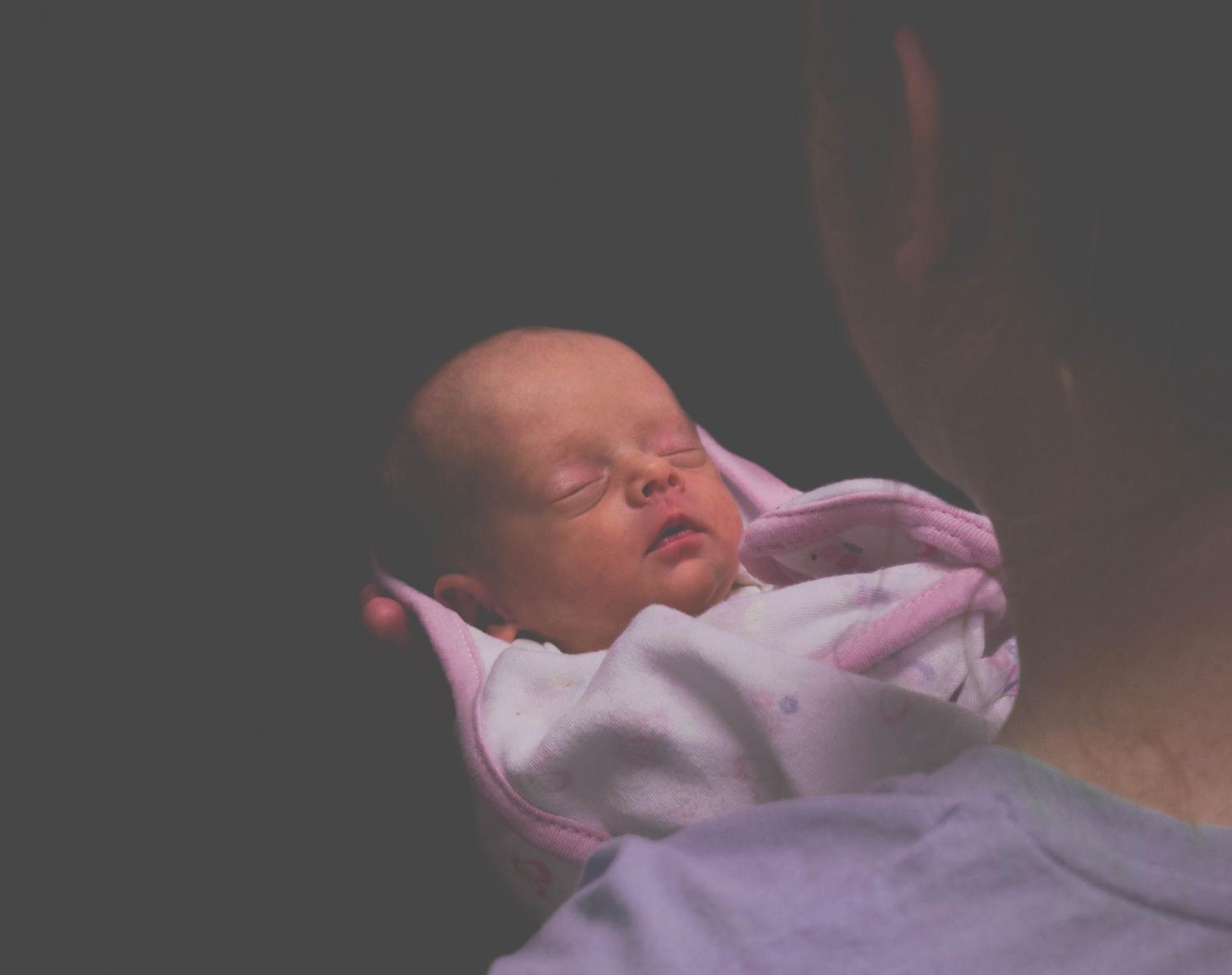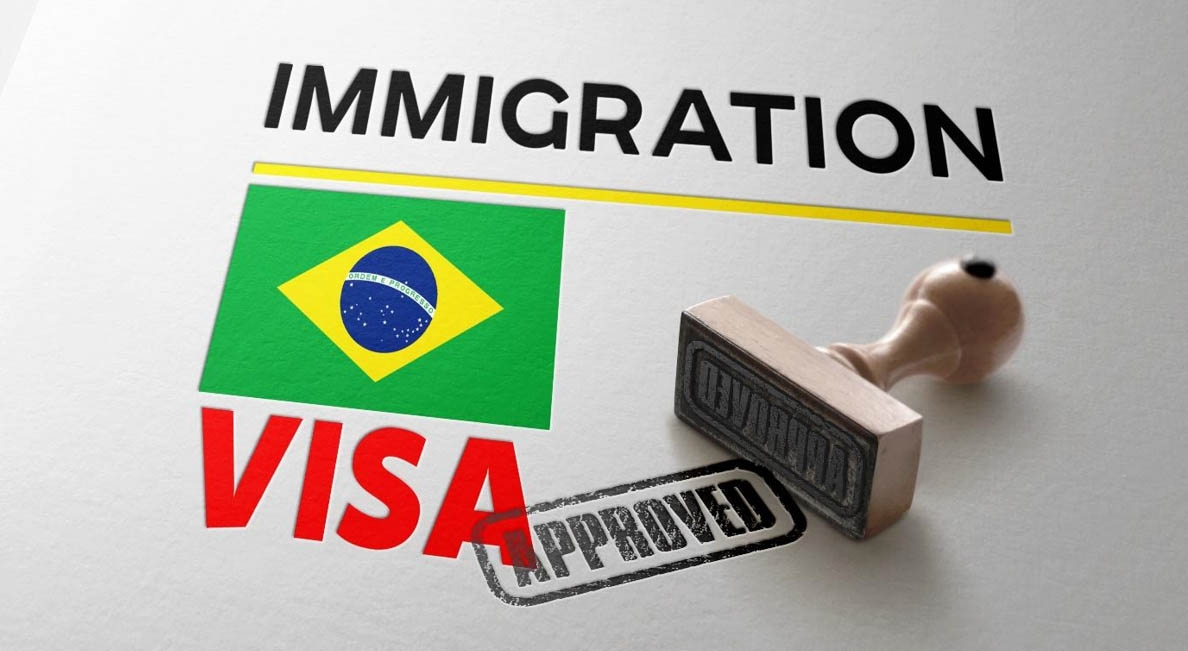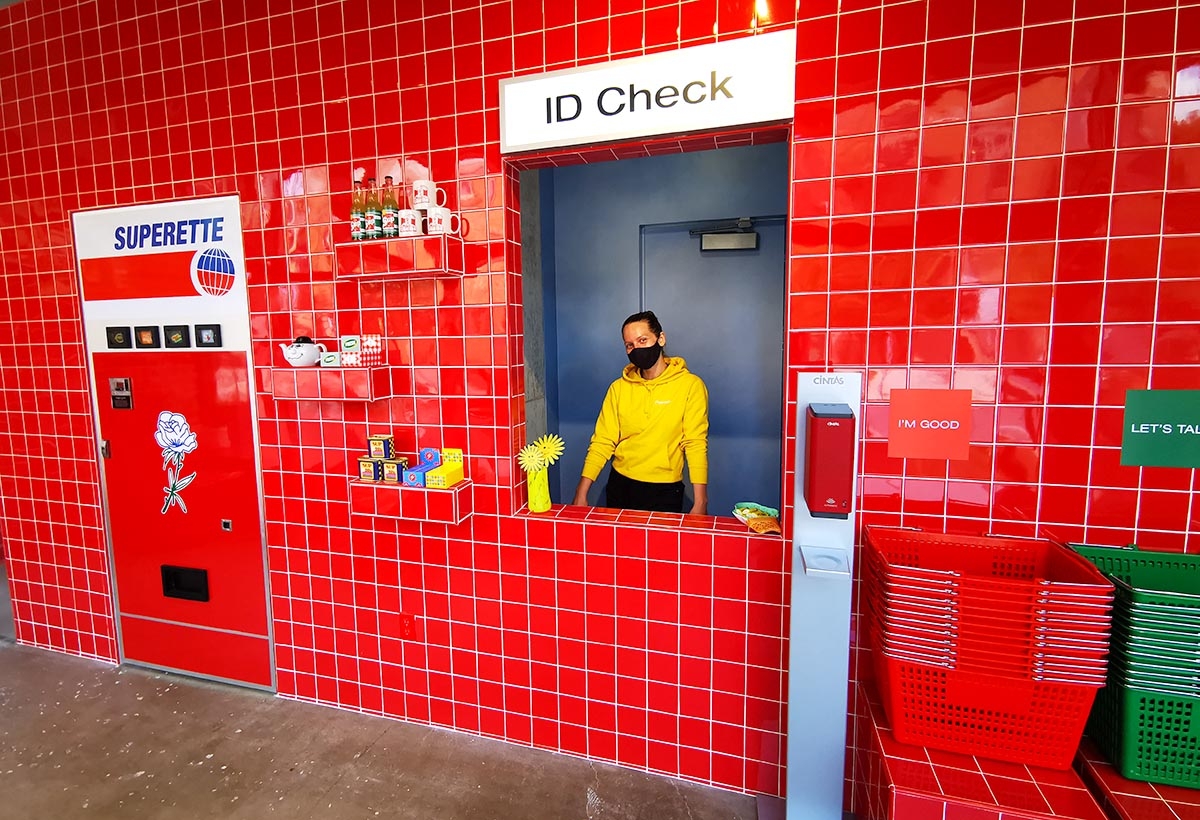
Baby doesn’t have a chance
Connie Kaldor is ‘one of Canada’s most significant contemporary folk performers’ according to Billboard Magazine. One of our best songwriters/singers, she is the winner of three Juno’s, a four time winner of the Felix Award, and an Order of Canada recipient, in 2007, for her contribution to Canadian culture. Connie has the capacity to write gorgeous melodies, tell emotional relatable stories, and sings in a warm, expressive voice you could only order up as a gift from heaven.
She wrote and recorded a less well known song entitled ‘Modern Lullaby’ which was released in 1992, about a vulnerable teenage girl who ‘fell to romance’. When her drifter, penniless lover learns of her pregnancy he disappears and she is left alone, expecting a child she loves already. The lyrics repeat, ‘Mama doesn’t have a chance’ and ‘Baby doesn’t have a chance’ several times. However, the teenager sings to her baby about her wish upon the twinkling stars for some luck and help, as she is determined to ‘find little baby a chance’.
Songwriters often reflect our societal reality, and Connie’s lyrics most definitely reflect the real front line experience I dealt with in my lengthy career as a child welfare social worker and adoption professional. They also accurately reflected my major independent inquiry project in my graduate studies at Carleton University many years ago, entitled ‘Single Mothers and the Welfare Trough’ and my time serving this population in a placement at an Ottawa welfare office and in a protection job with a Children’s Aid Society, as well.
Some things never change they say. Others say change is slow. Either way, on the subject of single teenage mothers, change was needed when Connie’s song was penned, when I began my career as a social worker in 1983, and when I concluded it in 2016. The story which follows, with changes to identifying details, reflects well what the research shows.
Many years ago a neighbour told me that her daughter, whom she had had prior to her marriage, would be visiting and did I want to come over for coffee and meet her. My neighbour was a compassionate professional with an educated husband, a lovely suburban home and a couple of beautiful talented thriving daughters. This was a much to be admired family, doing a great job on their marriage, their kids and their lives by anyone’s standards it seemed. I was pleased to accept, despite being rather surprised at the revelation of the existence of this offspring as she had not been mentioned before. I purchased a small gift and went at the appointed time.
I greeted Britanny warmly in my neighbour’s well-appointed living room, noting the obesity, the depression oozing out of her every pore and the size of her bulging 15-year old belly. It did not take long for her to open up about her troubling situation and hear her childlike expectations of what lay ahead with an ill fated plan to parent an unplanned innocent as a teen mom.
Britanny had been an unplanned child herself kept by my neighbour years ago when she was a confused teenager. A shotgun wedding had occurred, and after a short time the fledgling marriage ended, and this child became an unaffordable burden to everyone. The young mom tried her best but was just a child herself from an unhappy, alcoholic home and had foolishly sought to become pregnant, imagining her teenage marriage would provide her love, security, commitment, a baby to love her back, and a white picket fence around her ‘Blue Heaven’. When Britanny’s mom divorced, she moved far away from Britanny’s biological father and found herself unexpectedly having to grow up in a hurry. But now she had a completely dependent needy baby in tow and her life journey was to get very, very tough.
Brittany lived with many people, in many homes until her mom finally met a decent guy who was to become her step dad. As is so very common, this step dad did not bond to a now school age child who had many behavioural challenges. When some new planned children came along, this older unplanned child from the past was seen as a problem. The final solution to the problem child became sending her to live with relatives far, far away.
So there Brittany sat, an unexpected visitor from a past my neighbour had tried hard to put behind her. It was now her turn to be a teenage mom. And she too was planning on ‘keeping’ her baby.
No partner. No money. No education. No job . . . No home. No emotional maturity. No skill. No experience. No concept of what a child needs and demands from a competent parent to raise a competent adult. In Connie Kaldor’s words, ‘Mama doesn’t have a chance’, and ‘Baby doesn’t have a chance’, I thought to myself.
I only met Britanny that once but heard about her from time to time. I knew she had had several more children to several more unfit and uncommitted sperm donors. She had ended up on the social assistance system for life in a dirty subsidized housing project townhouse. Her unfortunate children had been in and out of foster care and Britanny’s life was a trainwreck, as was quite predictable by anyone who knows this population.
Some 15 years later I answered my phone one day as usual,
“Ottawa Adoption Connections. Good morning. Adele Blair speaking”.
“Hi! Remember me?”
The woman on the other end detected my pause and my failed memory of the voice, as she spoke hesitantly. She identified itself as ‘Britanny’. She knew I worked in adoption and wondered if I might help her. Her firstborn daughter, ‘Willow’ was now 15, pregnant and living at a local residence for girls and women with unplanned pregnancies and was in need of help to make a plan for the coming baby.
I volunteered my unconditional support and arranged to see her daughter. I made an appointment with Willow at the residence and was asked by the director of the home if she could sit in. I was unsure of why that was requested but I was completely open to it as it was an opportunity to educate fellow professionals about legal, ethical, professional services like mine. And I did find out why, after this case, much to my further surprise!
When I met Willow I learned that she had developmental delays and was attending a special high school for children with her profile. Her partner was attending the same high school. She was about seven months pregnant. After discussing the possibility of abortion options, the realistic option of ‘keeping’ and the third option of an ‘open’ adoption, this teenager decided to make an adoption plan. Indeed, Britanny was a much smarter individual than I had expected when I first heard about her.
She told me what her dream family might look like. She wanted to be able to interview prospective families, see her child regularly and be kept up to date about her child’s progress in life, as I informed her were all common options available today. I presented her with several screened families which met her requirements and she chose her favourite one giving me all the reasons she preferred them. A meeting was set up and the magic connection occurred between the well-prepared, screened prospective thirty-something-year-old adoptive parents and the young teenager with a little baby to plan for.
During the placement the adoptive family met a young half sibling of ‘Willow’ in a hoarders den-of-a-place Willow called ‘home’, where she resided normally with her mom and other half siblings. The adoptive applicants called to ask me if they could possibly adopt the younger half sibling they met because he looked so depressed and ill-cared for when they visited Willow. They knew the Children’s Aid Society was involved with this family and were just inquiring, ‘in case’ it might be possible.
Willow’s healthy newborn baby was adopted and I recently heard she is doing very well as a teenager now, getting good school grades, staying on the rails, headed for college with mature, committed, capable adults guiding and loving her into a bright future. The half sibling the adoptive family offered to adopt remained with Britanny as far as we know. Willow is now a full adult and lives with her mom on social assistance and is raising another child, from yet another uncommitted sperm donor.
This story is repeated often, unfortunately, in our culture. It is the story of immature, incapable children trying to raise infant human beings without the tools to do it. Over and over, the cycle renews itself despite many efforts by leaders, governments and dedicated professionals to change it. Besides the tremendous financial cost to taxpayers to support families with this profile, the incredible cost to most young, single, ill-equipped female children who try to play ‘mommy’, the most tragic real cost is born by the innocent children who have not won the ‘ovarian lottery’, as Warren Buffet calls it. Those are the infant human beings who by sheer happenstance enter the planet through the bodies of others who are too young, too poor, too uneducated, too immature, too unskilled and just get too far behind to ever catch up when they try to take on the most important adult job any of us ever have in life.
Research confirms the reality that I saw during my involvement with hundreds of cases of unplanned pregnancies in teenagers in Eastern Ontario. Most teen moms who choose ‘to keep’, change the trajectory of their own lives, regularly compromising their dreams of education, career, travel, home ownership, financial comfort, solid marriages or partnerships, planned families (when ready, willing and able), and ultimately long-term happiness.
The 2008, Schuyler Centre for Analysis and Advocacy study entitled ‘Teen Births-Outcomes for Young Parents and their Children: What the Data Shows’ summarizes a detailed review of the literature on this subject and the information which is stated below comes largely from that comprehensive document. It suggests that this sensitive subject is a difficult policy topic because of its many layers and many values that leaders must consider in trying to remedy the repercussions of the teenage pregnancy epidemic, especially when it involves another totally dependent human being born to a child mother. What they do know for sure is that teenage motherhood is "associated with a multitude of social issues, including poverty, school failure, child abuse and neglect, health and mental health issues."
The data found that teenage mothers are more likely to end up on social assistance, less likely to complete enough education to get a well paying job, more likely to have a second birth within 24 months, and cost taxpayers in the USA about $7 billion a year in direct costs related to healthcare, foster care, criminal justice, public assistance and lost tax revenue. They lack life experience, skills, maturity and economic security, education, and have greater likelihood of depressive symptoms than adult moms. Their lives become intensely challenging, their plans for a bright future get derailed and they become disconnected from the possibility of a more positive life path.
But the lion’s share of the human cost is born by the children of teenage mothers, unfortunately, according to the research. The children are more likely to be premature, have low birth weights, die in infancy and have health problems. They are less likely to receive proper nutrition, healthcare and cognitive and social stimulation. They are more likely to experience homelessness, have mothers who were removed from parental care, witness domestic violence, and have little or no financial or emotional support from absentee dads. They are 50 per cent more likely to repeat a grade, are less well prepared for kindergarten, often have lower scores on standardized tests and are less likely to finish high school or equivalency. They are more likely to be unemployed. They are at greater risk of social behavioural problems and three times more likely to be incarcerated in adolescence and early 20’s.They are more likely to live in poverty and experience higher rates of abuse and neglect. They are 40 per cent more likely to have a reported allegation of abuse or neglect and more likely to enter the foster care system. 13 per cent of the males are likely to end up in prison. 22 per cent of the females are likely to become teen moms themselves.
I fear the cultures in the USA, Canada, and other developed countries have overcorrected the unrightable societal wrongs of the past around unmarried teenage pregnancies, by swinging to a position that supports ill-omened teenage parenting. While it is no doubt well intentioned, it is also fraught with dreadful negative outcomes for all the players. Old attitudes and practices around teenage pregnancies were often characterized by stigma, secrecy, lies and coverups, blame, shame, backstreet abortions and closed adoption practices. While we definitely needed to change all that for our adolescent females who became pregnant, I think we have not done much better for teenage childbearers or the unplanned innocents they give birth to.
Very few can do it and come out with a good life for themselves or for their children. How could it be otherwise, when we ask a child to do an adult’s job!
I hope advocates for women and children and our leaders who influence the society, reconsider how we are dealing with this complex social issue. Hopefully they will try to put into play strategies suggested by researchers, and by front line professionals who work with this population each and every day. Prevention and early intervention seems to hold the greatest promise of better lives for teenage mothers and their children. I also suggest a long hard look at ‘open adoption’, which offers a decent shot at life for the unplanned babies and allows their child mothers to finish growing up themselves, while remaining involved for life with their own offspring.
A Globe and Mail article by Zisia Belski from January 29, 2013 says the national teenage pregnancy rate in Canada rose from 27.9 per 1000 to 28.2 per 1000, between 2006 and 2010. The Sex Information and Education Council of Canada reported that the teenage pregnancy rate "clearly has started to increase". Sharon Lorber of Toronto Sick Kids has estimated that 20 per cent of teen pregnancies are actually planned. Lucia O’Sullivan, University of New Brunswick psychologist says teen delusion is at play. Teens are egocentric, have little capacity to absorb abstract adult issues, have difficulty thinking about others and often fail to respond to counselling that they have made a mistake.
Britain was successful in cutting their teenage pregnancy rate by 51 per cent in a 10-year plan called the ‘Teenage Pregnancy Strategy’ (Mullin, 2016). They focussed on ending stigma, improved sex and relationship education, improved access to contraception, used a massive media campaign to disseminate information and created well-funded supports for young parents. A 2006 study by Santelli et al. attributed an 86 per cent decline in the USA teen pregnancy rate between 1998 and 2002 to improved contraceptive use: "It is critical for teens to have accurate knowledge about sexuality and contraception use as well as access to necessary health services," concludes the Schuyler report. Other countries are getting similar declining teen pregnancy rates due to availability of artificial contraceptives and solid sex education programs. Of course truly accurate numbers are difficult to confirm due to data collection problems and underreporting.
The Schuyler report also stresses the importance of funding and promotion of evidence based programs on youth development, educational mentoring, employment opportunities, sports activities, performing arts programs, along with strong sex education curriculums stressing family planning. It concludes that when young girls are connected to school, positive endeavours, religious activities and are encouraged to have plans and goals for their future, they are more likely to have positive reproductive health behaviours. Alexander McKay, Research Coordinator, Sex Education and Education Council, in his research paper entitled ‘Trends in Canadian and Provincial/ Territorial Teen Pregnancy Rates’ published in 2013, confirms similar findings for Canada.
Adult mentoring can teach parenting skills and offer emotional support. Some countries have instituted help with this through home visiting programs, day programs to encourage furthering education while learning parenting skills and being connected to other moms and community resources. Some offer limited residential support during latter stages of pregnancy, the birth and for short periods after delivery. Many of these ideas are presently available in some form from dedicated, wonderful professionals in our capital city of Ottawa. They are often however, like so many social programs, regularly underfunded and understaffed, compromising the impact they might have if those factors were ameliorated.
In my research for this article I failed to find much about the option for teenage mothers, known as ‘open adoption’. I am unsure why. It is quite a good option in my opinion to allow a teenage mother without very strong capable family involvement, to choose high quality parents for her baby that reflect her values. She can arrange to be involved with that child for life, including letters of update, pictures, videos, ongoing regular visits and phone calls, in a role similar to an Aunt. Plentiful numbers of mature, willing adults who are totally screened by experienced, government-approved and supervised adoption practitioners, trained for 27 hours in an adoption readiness course, are standing in line, ready, willing and able to competently parent a human infant for life in an open adoption. No money is ever exchanged and the teenager pays nothing. Licensed individuals, usually experienced lawyers, handle the adoption legalities and all cases are reviewed and approved by our Ministry of Community and Social Services staff.
I can only assume policy makers, researchers and the general public have little awareness of this option. I saw that factor in my practice with many high level clients who came to me for an International Adoption Homestudy and had no idea this kind of adoption existed. I knew it was the case when a hospital in Eastern Ontario told me I could not see my client on their hospital grounds, absent of knowledge about private adoption in Ontario. I realized it as well, when a highly intelligent and quite talented pregnant teenager told me she had to leave a residence for pregnant girls because everyone was planning to ‘keep’ their baby and she was made to feel like a bad mother by considering the adoption option. And it came home to me once more when a pregnant teenager told me that her university health centre simply asked her when she wanted her abortion, when she sought health services for her condition.
I saw it too with Willow when the caring director of her women's residence sat in on my counselling session. She had requested that, it turned out, because she herself wanted to learn about this option about which she knew little.The director was obviously quite happy with how it evolved for my young client, because she asked me to do a professional development inservice for her entire staff, who also had no idea this kind of adoption was available but were excited about it as a positive option.This educative session resulted in my being invited, not long after, to Planned Parenthood to do an inservice for their staff, whose had no idea this kind of adoption was available. Subsequently, I got a call from a counsellor at Algonquin College who wanted to find out all about this kind of adoption because it was unknown to him too.
My career experience suggests that large numbers of people are unaware of the many positives of ‘open adoption’ which allows our child/teen moms to have a chance for themselves and a chance for their babies that other options do not, according to research, seem to allow.
For leaders, advocates and policy makers who are operating on the assumption that all biological parents should and can keep their offspring and are best to do that, I have a few thoughts for you to consider after you read about the very difficult road teenage mothers have and the dire consequences that are heaped on their children. Many of you may have little if any first hand experience with this population, only book learning, a sensitive heart and good intentions. May I suggest that you review the overcorrection we have made regarding unplanned pregnancies in teenage children and talk to your front line people whom, you must ensure, are free to tell you the truth without political repercussions attached to their opinions and information.
I often wonder what logic is used in our society to allow and even encourage our child/teen moms to take on the challenging, lifetime adult role of full complete care and responsibility of another human being who, by the luck of the draw entered the world through the bodies of ill prepared adolescents. Did we forget that the age requirement to buy a joint of marijuana is 18? Did we fail to remember that the age requirement to get a credit card with proof of an income source is 18? Did we know that the age requirement to serve an alcoholic beverage in a bar or restaurant is 18? How about recalling that the age to vote is also 18? Finally, are we aware that the Ottawa Humane Society will tell you that you cannot even buy or own a dog or cat unless you are 18?
Think about that . . . The age requirements alone for all these adult roles, though so much simpler, so much less demanding, and so much less important, are greater than to take on the care, responsibility and decision making for a human infant on a full time long term basis. What can we be thinking, if we are thinking at all?
How wonderful it would be if our societal attitudes, practices and policies which so negatively impact our female adolescents could eliminate the incidence of children parenting children. How I wish we could remember to never send a boy to do a man’s job. Perhaps I should say, we should remember to never send a girl to do a woman’s job. How I wish the insightful and poignant words of Connie Kaldor’s ‘Modern Lullaby’ were but a fading reflection of a sad social issue of days gone by.
Connie’s lyrics read….
‘Mama doesn’t have a chance.
She was young and fell to romance.
Baby doesn’t have a chance.
Mamas gonna find one, Mamas gonna find one,
Mamas gonna find little baby a chance.’
Let us wish upon all the twinkling stars above that our leaders, with the power to make it happen, help all our teenage mamas, find themselves and their little babies a chance.
photo: Jonnelle Yankovich








